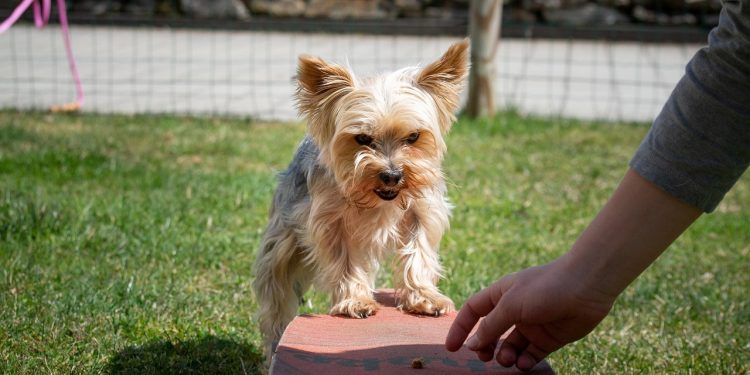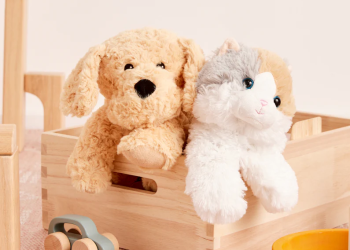Training your dog in basic obedience is one of the most important steps in fostering a well-behaved and happy companion. Obedience training establishes communication, ensures safety, and strengthens the bond between you and your pet. With consistency, patience, and positive reinforcement, any dog can master the basics. Here’s a step-by-step guide to get started.
Why Obedience Training Matters
Enhancing Safety
Teaching commands like “sit,” “stay,” and “come” can prevent dangerous situations, such as running into traffic or encountering aggressive animals.
Building Trust
Training fosters a deeper understanding between you and your dog, creating a relationship based on mutual respect and trust.
Preventing Behavioral Issues
Basic obedience lays the foundation for addressing more complex behavioral challenges, such as excessive barking, jumping, or chewing.
Getting Started
Set Clear Goals
Determine which commands you want to teach first, focusing on foundational ones like “sit,” “stay,” “come,” and “leave it.”
Create a Positive Environment
Choose a quiet, distraction-free space to begin training sessions. Ensure your dog is calm and ready to focus.
Gather Supplies
You’ll need:
- High-value treats (small and soft for easy consumption)
- A clicker (optional, for clicker training)
- A leash and collar or harness
Teaching Basic Commands
Sit
- Hold a Treat: Show your dog a treat and hold it just above their nose.
- Guide into Position: Slowly move the treat backward over their head. As their nose follows the treat, their bottom will naturally lower to the ground.
- Reward and Cue: The moment they sit, say “sit” and give the treat. Repeat until your dog associates the word with the action.
Stay
- Start in a Sit Position: Ask your dog to sit.
- Command Stay: Hold your palm out toward your dog and say “stay.”
- Increase Duration: Step back slightly, wait a few seconds, then return and reward if they remain in place.
- Add Distance Gradually: Increase the distance and duration over time, always rewarding success.
Come
- Use a Long Leash: Attach a long leash to give your dog room to move.
- Command Come: Crouch down, open your arms, and say “come” in an enthusiastic tone.
- Reward Immediately: Praise and give a treat as soon as they reach you. Practice in various environments to reinforce the command.
Leave It
- Introduce an Object: Place a treat or toy in front of your dog.
- Command Leave It: Say “leave it” while covering the item with your hand.
- Reward Ignoring: Reward your dog with a different treat when they look away from the object. Repeat until they understand to ignore the item on command.
Tips for Effective Training
Use Positive Reinforcement
Rewarding desired behavior with treats, praise, or toys encourages your dog to repeat the action. Avoid punishment, as it can lead to fear and anxiety.
Keep Sessions Short
Dogs have limited attention spans. Aim for 5–10 minute sessions multiple times a day to maintain focus and prevent frustration.
Be Consistent
Use the same commands and gestures each time. Consistency helps your dog learn faster and reduces confusion.
End on a High Note
Always finish training sessions with a successful command and reward to keep your dog motivated for the next session.
Troubleshooting Common Challenges
Lack of Focus
- Minimize Distractions: Start in a quiet area and gradually introduce distractions as your dog improves.
- Use High-Value Treats: Offer treats your dog finds irresistible to capture their attention.
Slow Progress
- Break It Down: Divide commands into smaller steps and reward incremental progress.
- Be Patient: Every dog learns at their own pace. Stay consistent and celebrate small victories.
Regression
- Revisit Basics: If your dog forgets a command, go back to the basics and reinforce their learning.
- Practice Regularly: Consistent practice prevents skills from fading.
Advanced Obedience Training
Once your dog masters the basics, you can introduce more advanced commands and skills:
- Heel: Teach your dog to walk calmly beside you on a leash.
- Place: Train your dog to go to a specific spot, such as a bed or mat, and stay there until released.
- Recall Under Distractions: Strengthen the “come” command by practicing in environments with more distractions.
Socialization as Part of Training
Socialization is an essential component of obedience training. Expose your dog to different people, animals, and environments to build confidence and reduce fear or aggression.
- Controlled Introductions: Allow your dog to meet new people or pets in a calm, controlled manner.
- Reward Calm Behavior: Reinforce positive interactions with treats and praise.
- Gradual Exposure: Slowly introduce your dog to new experiences, such as car rides, public spaces, or grooming sessions.
The Role of Professional Training
If you encounter persistent challenges or want to advance your dog’s training, consider seeking professional help:
- Group Classes: Socialize your dog while learning foundational skills in a structured environment.
- Private Trainers: Address specific behavioral issues with personalized guidance.
- Online Resources: Many trainers offer virtual courses or tutorials for remote learning.
Training your dog in basic obedience is a rewarding journey that requires dedication and patience. By focusing on positive reinforcement, consistency, and understanding your dog’s unique needs, you can create a harmonious relationship and a well-mannered companion for life.












